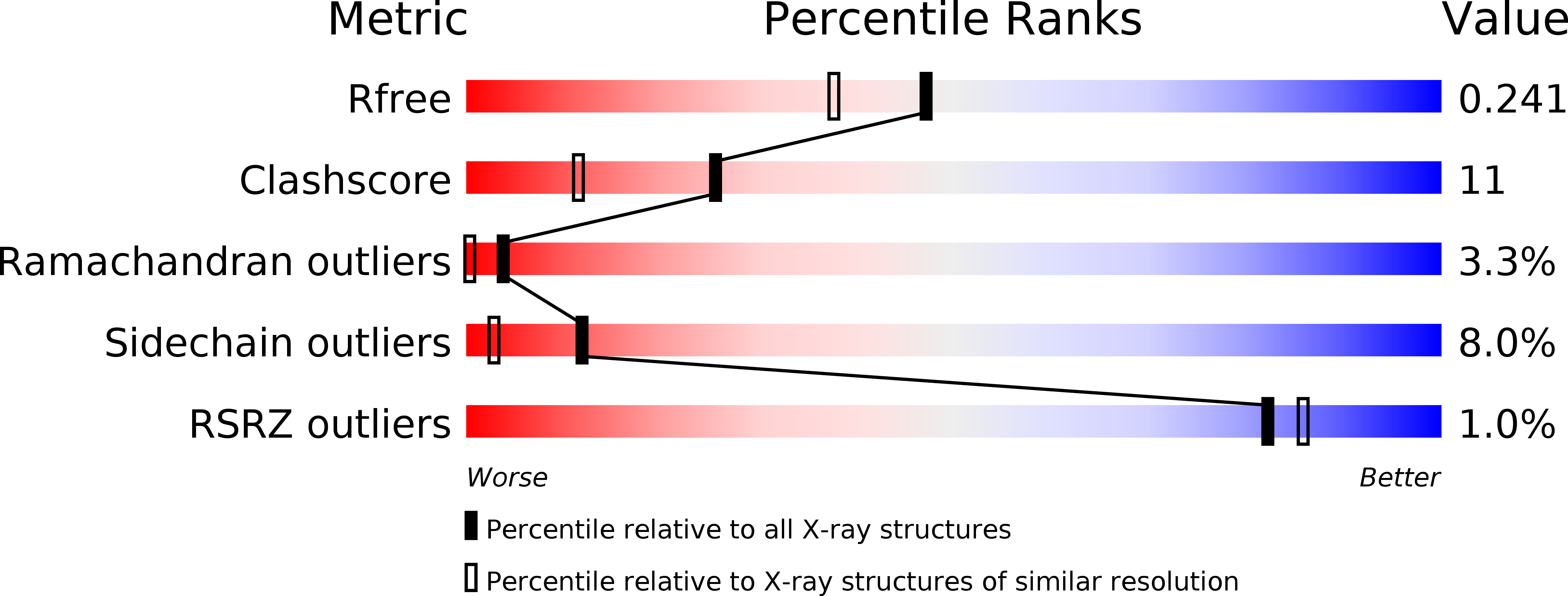
Deposition Date
2009-04-23
Release Date
2009-10-20
Last Version Date
2024-02-21
Entry Detail
PDB ID:
3H6R
Keywords:
Title:
Clitocypin, a beta-trefoil cysteine protease inhibitor
Biological Source:
Source Organism:
Clitocybe nebularis (Taxon ID: 117024)
Method Details:
Experimental Method:
Resolution:
1.95 Å
R-Value Free:
0.24
R-Value Work:
0.18
R-Value Observed:
0.18
Space Group:
P 1 21 1


